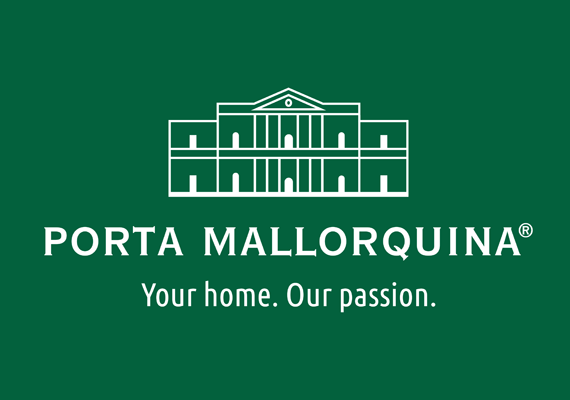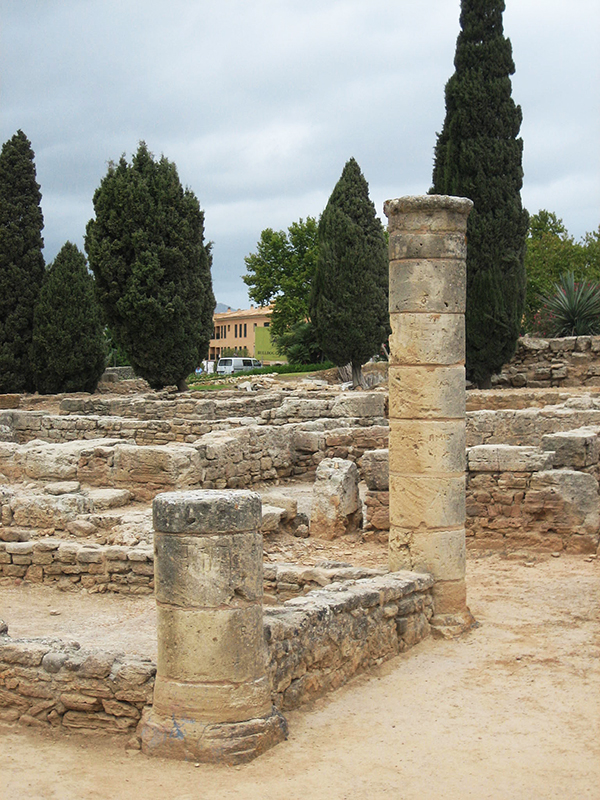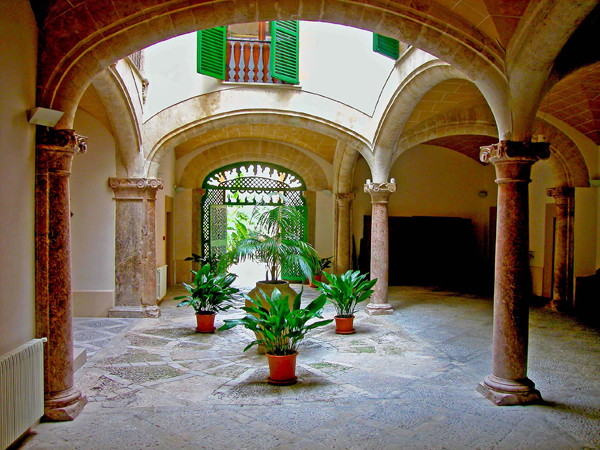What do people living today retain from the past millennia? If one were to examine the human genome of Majorca’s indigenous islanders, one would find traces of the first settlers in their genes, as well as of the Romans, the Moors, the Aragonese, etc. We’re making it easier for ourselves. We want to see with our own eyes the visible traces that people of past times have left behind.
Contents
First settlement of the Balearics
Majorca, a big island in the Mediterranean, is far off the mainland. Even today, the ferry from Barcelona – the nearest point on the mainland – takes 10 hours to reach the harbour at Palma. Despite this great distance, people came to the island long ago: the first arrived at the steep coastline of the Tramontana Mountains in light, fragile wooden boats during the Neolithic Period, around the middle of the 5th century B.C.
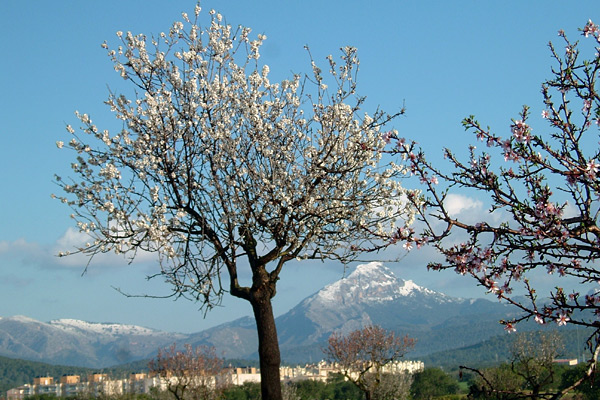
The area around the mountain, Puig de Galatzó, was one of the first regions to be settled in Majorca, in around 6000 B.C.
Initially, the natural limestone caves offered them refuge and protection against wild animals and the weather. There have been isolated discoveries of grave niches containing human remains in inaccessible areas such as on the slopes of Puig de Galatzó. Carbon-14 dating suggests that the earliest human settlement was in the 6th century B.C. Researchers believe that the first people who landed on the island came from Provence and the Gulf of Lion. The number of settlers rose relatively fast. People had discovered the gigantic cave system that often extended far in excess of one hundred metres into the rock.
Majorca’s caves: once protection, now tourist attraction
The widely-branching caves provided living space for family clans. The dripstone caves in Drach, Campanet and Artà – now visited by tourists under artificial light and often accompanied by classical music, were the living and sleeping quarters of these settlers 6,000 years ago. More remote areas of the cave system were used to bury the dead. Special sections of the cave also served for cult ceremonies, particularly hunting rites which were performed by shamans. People learnt how to protect their caves from wild animals and enemies with massive blocks of stone. The art of working these huge stones (megaliths) and creating monumental towering structures with them led to what is known as the Talaiot culture (the word derives from the Arabic “atalyi” meaning “sentry”) which was prevalent in Majorca from 2500 B.C. until the Roman conquest of the island.
The most striking and impressive example can be visited in Capicorp Vell, around 15 km from the Cabo Blanco lighthouse. The entrance to this monolithic settlement is a doorway covered with mighty stone slabs. These enormous stones have been built up into round towers without the use of mortar. The settlement – living quarters on a square floor plan that were connected to each other by narrow passages – was surrounded by a ring wall. Centuries later the settlement served as a stone quarry; material taken from here was used in major buildings in Palma (Lonja Cathedral). A stroll through these imposing masses of stone gives us some idea of how hard life was back then, and reminds us that people constantly had to protect themselves against enemies.
Pollentia – the Roman capital
A crucial turning point in the island’s history was the Roman conquest of Majorca in 123 B.C. Pollentia (“the powerful”, “the mighty”) then became the capital of the “bigger island” (Majorca). The ruins of this metropolis below the parish church, in the present-day town of Alcúdia, still elicit gasps of astonishment and admiration from visitors. Naturally, all that remains of the Roman atrium houses is their foundations. Corinthian columns recall the temples which were visited by religious Roman men and women for sacrificial ceremonies. Stone steps and walls still speak of the lively bustle in the Roman forum.
Once outside the extensive city ruins, a lengthy walk brings us to the hot springs where the city’s inhabitants relaxed in hot, tepid and cold basins and steam grottoes. The amphitheatre seats indicate that there was once a theatre here, where tragedies and comedies were performed. The proud and mighty Roman Empire declined in its turn and the Vandals invaded Majorca. But these Germanic tribes only wrought destruction, building nothing themselves – their behaviour living on in the modern-day word “vandalism”.
Golden age under Moorish rule
In 902 A.D. after many tumultuous sea battles, Majorca was finally conquered by the Moors. The 300-year rule of the Moorish viziers who resided in the “Medina Mayurqa” (Palma) as their capital, gave rise to a golden age for the island. The art of irrigation in particular – still to be marvelled at today in island terraces – transformed the island into a paradise of gardens and fruit. To see a dazzling example of Moorish garden culture, tourists can visit Banyalbufar, where the terraced plantations contain orange and lemon trees, almond trees and grapevines, all interspersed with beds of flowers and vegetables.
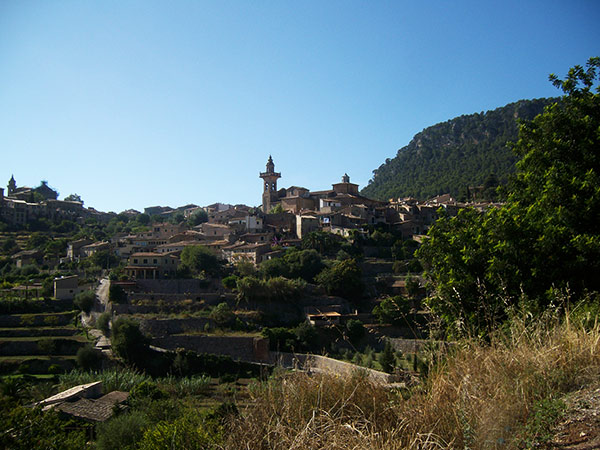
In the area of Valldemossa, one can still see the traces of Moorish terrace-building and garden culture.
It is obvious to any visitor who climbs the steep mountain track in Capdepera that the Moors also knew how to build sturdy fortresses and castles. Here, at the top of a cliff, the Moors erected a mighty “castillo” on the remains of a Roman structure. This was the last defensive stronghold to be captured by the Christian knights of the Majorcan king, Jaime I (James I of Aragon). The so-called “Moorish baths” still give us a feel of how this Moorish-Arab people lived. The baths, built in the 10th century, are in the middle of the old town of Palma de Mallorca, not far from the Cathedral. Set beneath domes and vaulted roofs, they served not only hygienic purposes but, as in Roman times, were also a centre of leisure and communication. The Moslems delighted in Majorca: their poets sang of the island’s beauty; the regents proudly minted coins bearing the inscription “Medina Mayurqa” and declared that “Allah inshallah” (God willing) Majorca would always remain Moorish.
Crusade in Majorca
On 1 September 1229, 143 ships and 12,000 warriors from Barcelona launched their “crusade against the infidels” in Majorca. A memorial cross marking the landing of the invading Christian host can still be seen on the Caleta cliff in the Bay of Santa Ponsa (although it has been repeatedly restored after being struck many times by lightning). The first and hardest-fought battle between the Moors and the Christians took place on a hill near Magaluf. A weatherbeaten memorial cross at this “Coll de Sa Batalla” (battle mountain), around 100 metres away from the motorway, still recalls the death of the two Moncada brothers, military leaders and cousins of the king. After three long months of siege, Palma surrendered, followed a few weeks later by the mountain fortress of Alaró.
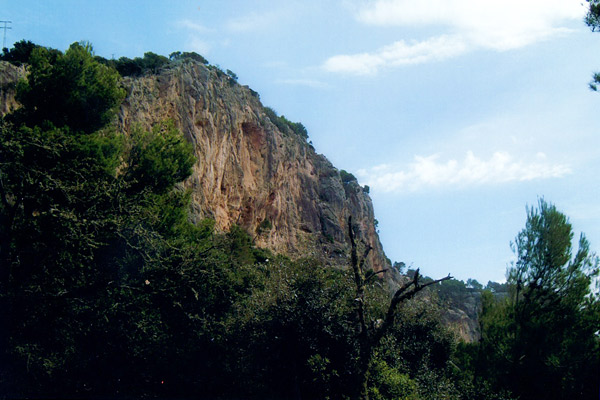
The Moorish fortress perched indomitably high above the Alaró, but the Christians still managed to capture it. The chronicles tell us that a traitor let the enemy in.
Those features which still account for the fame and beauty of medieval architecture on the island were quickly built at the time. The Moorish Almudaina Palace in Palma was remodelled in accordance with the Christian king’s tastes: Moorish embellishments and decoration were removed and a sturdy royal castle created. The mosque was torn down, and the Cathedral of the Sea, whose reflection could be seen in the nearby sea, was built. Up higher, a little outside the city, the king ordered the construction of the mighty round tower of Bellver. The castle’s lower level now houses the “Museo Municipal” where one can get a picture “in miniature” of the island’s history from the Stone Age to the present by means of the archaeological collections, illustrations and some excavation finds.
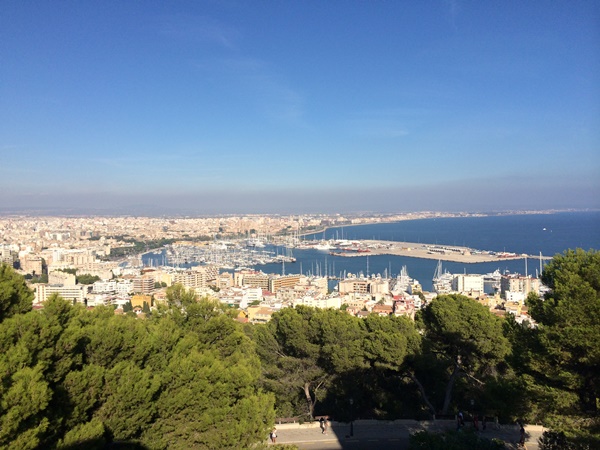
As the name “Bellver” tells us, not only can one enjoy a fabulous view from the old castle, but one can also discover plenty of interesting facts about Majorca’s history in the adjoining museum.
Pomp and ceremony in Palma de Majorca
After Palma became the Christian capital of the island, architecture also flourished here. Church prelates ordered the construction of a mighty bishop’s palace near the Cathedral. Nobles had magnificent residences built, featuring splendid inner courtyards instead of gardens, and grand curving staircases leading to the upper rooms. The bourgeoisie, which had become rich thanks to lively Mediterranean trade, built the “Lonja”, an exchange for goods and trade. Representatives of the bourgeoisie gathered at the “Ayuntamiento” (Town Hall), under construction from 1598, to celebrate the royal privileges granted to the Majorcans by King Jaime I.
With a growing population and increasing traffic, urban development took off all over the island. These innovations at the beginning of the 20th century were most clearly visible in Palma. Landfill forced the sea back, and broad streets such as the “Paseo Marítimo” were built. High-rise buildings rose up on the periphery of the city. In the Old Town a number of remarkable Art Nouveau houses adorned with colourful murals were built such as the former “Grand Hotel” and a couple of Art Nouveau houses close to the Plaça Major.
